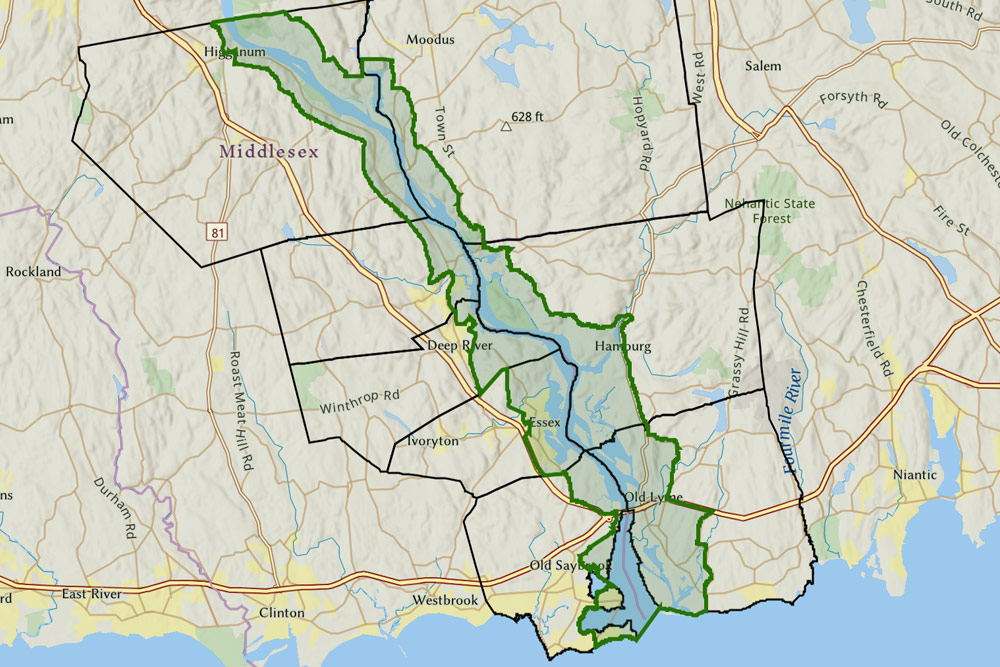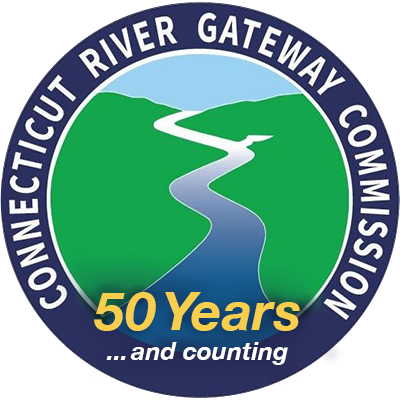Key Regulatory Standards
Dark Skies for the Lower Connecticut River
We are blessed to enjoy nature’s beauty year-round in the Connecticut River Valley. But the valley’s beautiful starry nights can be put at risk by light pollution. And that is not good for humans, fish, amphibians, pollinating insects or migrating birds.
What is light pollution?
The light pollution that we address is overly bright, poorly directed and intrusive outdoor lighting. It’s often wastefully aimed into the sky, rather effectively improving our safety and security. The International Dark Sky Association’s research shows that targeted, low-glare lighting actually deters crime better than glare from bright floodlights. Excessive lighting can also result in “light trespass” by shining into neighbors’ yards and home windows.
Why is light pollution a problem?
Excessive night lighting can affect our health by disrupting our bodies’ rhythms, causing poor sleep, anxiety, headaches, and other health issues.
Light pollution also harms wildlife. Along the Connecticut River, higher “temperature” lights can disturb the natural movement of fish and disrupt amphibians in adjacent wetlands. Excessive night light can have devastating effects on birds that migrate or hunt at night too, killing millions worldwide as they collide with brightly-lit buildings.
Lighting aimed out over the river also impacts the natural vertical migration of many species—called diel migration—when life rises in water bodies at night to feed and returns farther below during daytime. Throwing off these feeding cycles can increase growth of algae and reduce the quality of water in rivers and streams.

What steps can I take?
Use lighting only when needed. Motion detectors can improve safety around your home without constant illumination.
You can light your yard for safety and security without lighting the night sky, too. Aim your lighting to where you walk and to where it will best add to your home’s security. Look for full cutoff fixtures that cast light downward to where it is needed.
The lights in this picture are wreaking havoc on all sorts of aquatic species at night. Avoid shining lights onto the river or its coves. If you need dock lights, use timed motion sensors. Good lighting practices can also save you energy costs.
The color of light that you choose can minimize harmful effects. Blue light tends to brighten the sky and threaten nature more than other light colors, so look for “warm” lights that have less blue. Avoid “higher temperature” lights, too, as these tend to emit more blue light.
The International Dark-Sky Association is a recognized authority on light pollution and provides information on responsible night lighting, including a listing of approved fixtures and retail outlets that sell them.


Yes, We Have No Land
Although the CT River Gateway Commission has helped preserve over a thousand acres of land in the Zone, it does not own any land or hold any land protection agreements (often referred to as conservation easement). Since its creation in 1973, all the land the Gateway Commission has helped acquire and any land protection agreements it negotiated have been donated to the State of Connecticut, towns or land trusts for their care.
